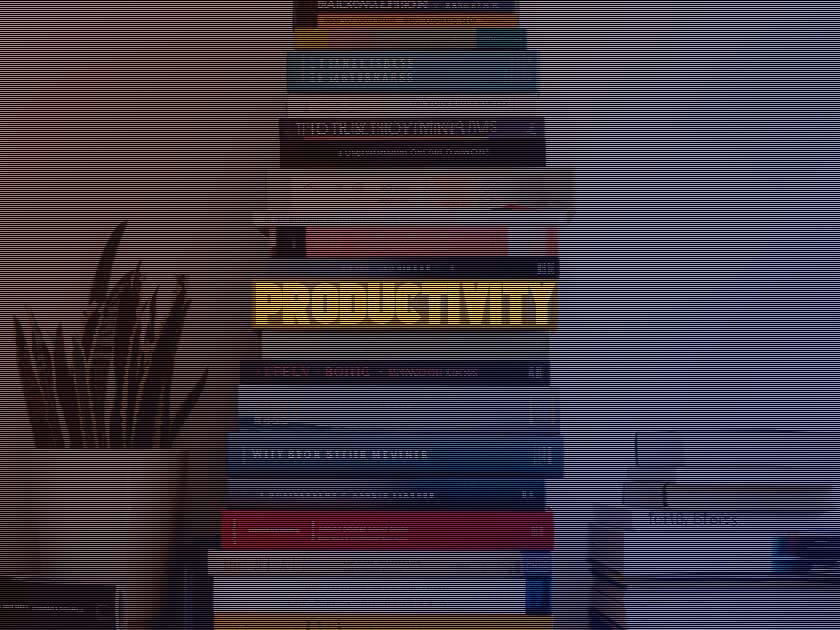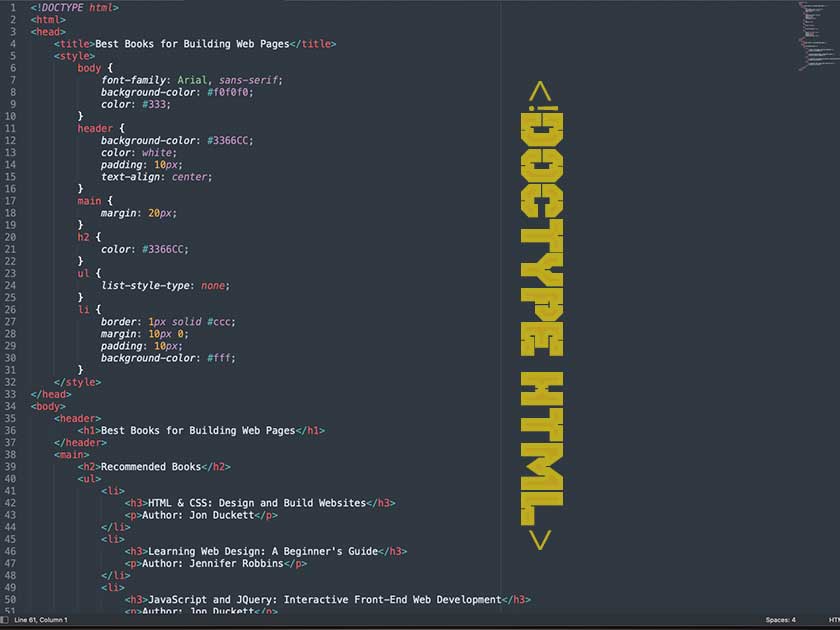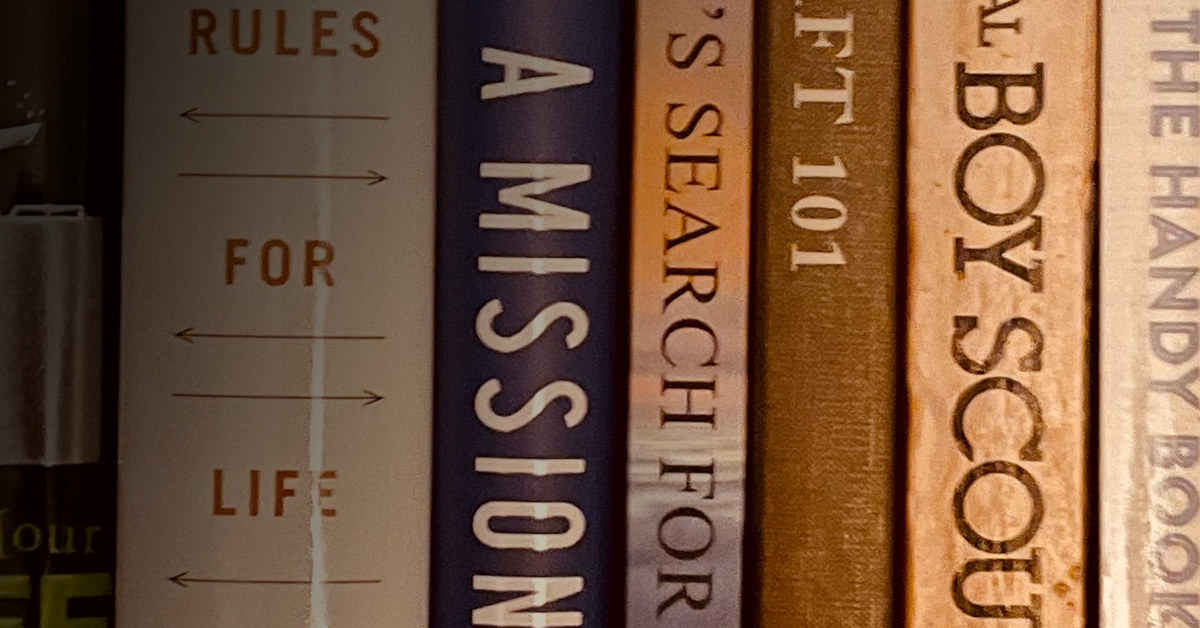Latest in: Book Recommendations
Bullet Journaling by Ryder Carroll I have written about Bullet Journaling before and how it has helped me become more organized and disciplined than any other tool I have discovered. "The Bullet Journal Method" …
The Design of Everyday Things by Don Norman The Design of Everyday Things The Design of Everyday Things is a book written by Don Norman, a cognitive scientist, usability engineer, and design expert. In …
Imagine yourself as a master craftsman, meticulously sculpting your brand's image through engaging, valuable, and relevant information. Content marketing, is the art of forging a connection with your target audience, skillfully wielding the power …
These books have helped me create a framework for approaching life. Hero on a Mission by Donald Miller Hero on a Mission by Donald Miller Hero on a Mission is a book written by …
These books are some of the most transformative and helpful in regard to how I approach work and life. Business Made Simple by Donald Miller Business Made Simple By Donald Miller Business Made Simple …
Subscribe to be updated about new content.
kenbrian




